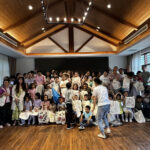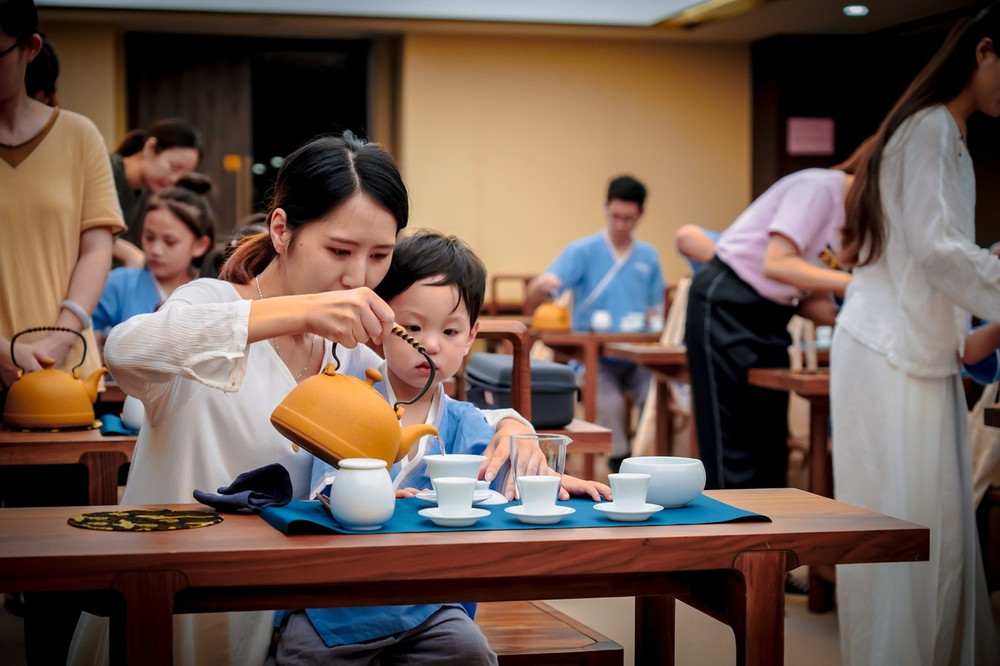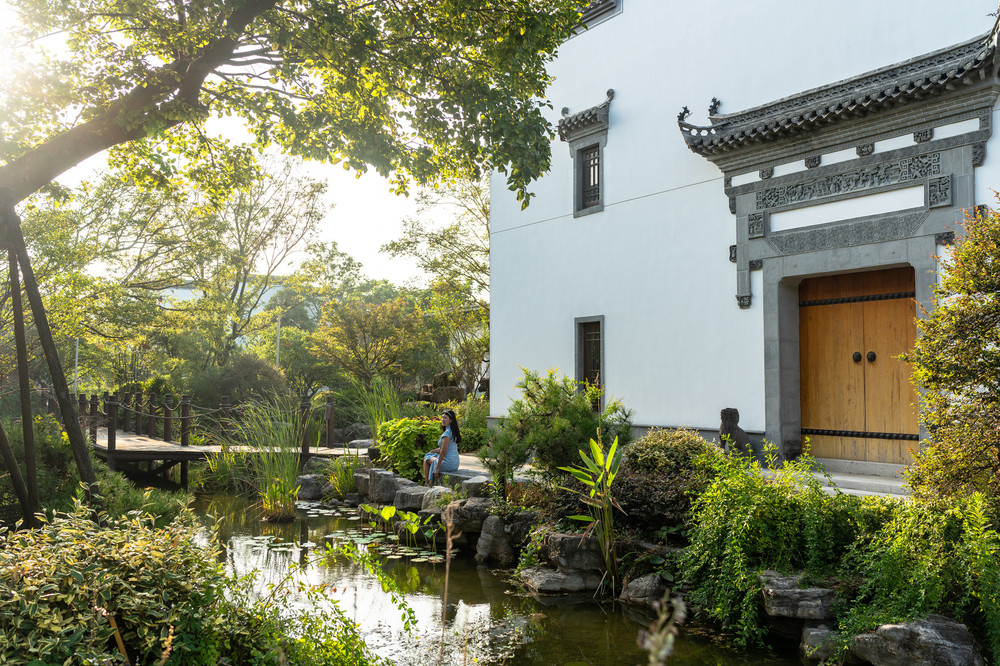Days: 1 Day
Time: January
Who with: Spouses
Activities: Self-driving, Cultural, Free Travel, Hiking, Budget Travel, Save Money, Weekend Travel
Published on 2022-04-29 22:00
Travel Location: Shanghai Museum’s Jade Exhibition Hall

Jade and porcelain are very delicate items, and looking at them always feels like a kind of enjoyment. Especially the jade in the museum, it is not only a piece of art treasures, but also carries a long history.
From 6000 BC to 2000 BC, it was the Neolithic Age. At that time, the ancestors were able to make various jade ritual vessels and jade decorations. These jade products often carry their own regional characteristics. For example, the Hongshan culture in the Liaohe River Basin has animal-shaped and geometric-shaped objects. The Liangzhu culture in the Taihu Lake Basin has jade bi, jade cong, jade axes. The Longshan culture in the Yellow River Basin has jade zhang, jade knives, etc., which are all very representative.
Making jade requires a group of highly skilled professional producers who are separated from general labor within the clan. These exquisite jade items are possessed by clan leaders or wizards.
The jade and stone bracelets, etc., of the Majiawu culture and Songze culture, although simple in shape and far less delicate than the jade of later generations, are also quite generous.
Just looking at the tools of the Neolithic Age, being able to make such finished products is already astonishing.
The eagle grabbing the human head pendant of the Shijiahe culture is yellow, most of them have ochre color. It is carved with two eagles facing each other. The one on top is relatively small, stepping on the back of the larger eagle below. The large eagle also holds something in its mouth, with drooping wings and claws grabbing a human head. The eagle’s eyes, wings, body, and human facial features are expressed by the raised ground and positive lines.
The divine man belongs to the round carving. The jade quality is yellow-green and it is well preserved. The divine man wears a flat round crown on his head, square face, shuttle-shaped eyes, wide nose and wide mouth. Hands intersecting in front of his chest, and legs slightly bent. There is a hole from the top of the head to between the legs, which is the image of an ancient wizard performing a ritual. The image of the jade man in the prehistoric times is rare, and this divine man once served as the logo of the Shanghai Museum. The jade quality of the divine man’s head is delicate, very smooth. The facial features are carved very clearly, but they are soaked in blood color, and the jade color on the top of the head is very crystal clear.
The divine statue and bird pattern cong of the Liangzhu culture is a simple jade with an inner circle and an outer square, which may be used by the ancients for sacrificial rituals. This jade cong is more exquisite among the Liangzhu culture jade cong. With pure jade quality, showing a cyan color, it is divided into two sections. With a shallow float carving a group of divine and beast face patterns, and flying birds decorated on both sides, which is also the most characteristic pattern of the Liangzhu culture.
The divine face pattern cong is also of the Liangzhu culture, with a darker jade color. What is special about this pattern cong is that it is very tall, reaching 39.3 cm in height. With fifteen sections, each section with the four corners as the center line, engraved with corresponding two circles and long and short interspersed positive lines, which is a symbolic beast face pattern.
At the spout part of the upper end of the jade cong, there is a pair of incised展开 wings, which are simplified flying bird patterns. This is relatively rare in Liangzhu jade wares. There is a perforation in the center of the bird and bi pattern.
The flat round jade ware is one of the traditional jade ritual vessels in China. The jade bi of Liangzhu culture usually has a large diameter and is mostly plain without patterns. This jade bi is engraved with a small bird standing on an altar, which is still relatively rare among similar jade wares. This jade bi is said to be very similar to the jade bi in the Freer Gallery of Art in the United States. Similar jade wares with this pattern are very rare.
There are also several jade cong in Liangzhu culture. The style is simple and elegant, and the jade quality looks good. For example, the jade cong with god pattern is soaked in blood color. The jade cong with god pattern is about two sections and is thicker than ordinary jade cong.
The necklace is a string of jade beads and may be inlaid with other stones. The color combination is very simple and elegant with a slight change. The### Qijia Culture and Jade Carvings: A Historical Overview
#### Early Jade Art and Qijia Culture
The dragon shape during the Qijia culture period was not as refined as in later generations. Artifacts from this era, such as the four-hole knife, are characterized by their perforations, suggesting a use as pendants. The Qijia culture, existing from 2100 BC to 1600 BC, was a late Neolithic culture centered in Gansu, marked by the use of copper and stone. It represents an important early Bronze Age archaeological culture in the Hexi Corridor region.
#### Jadeware Development in the Spring and Autumn Period and Warring States Period
The Spring and Autumn Period and the Warring States Period saw a transition in jadeware development. New types of jadeware were created, with ornamental jade becoming the mainstream, replacing ritual jade. Popular designs included multiple jadeware ornaments and jade decorations on belts and swords. Dragon patterns became increasingly popular, with more intricate carvings.
#### Jade Civilization in the Xia, Shang, and Western Zhou Dynasties
The Xia, Shang, and Western Zhou dynasties marked the zenith of jade civilization. Rulers established a jade use system and produced a series of jade ritual vessels. Jade ornaments also flourished, often depicting animals and mythical beings. The practice of ‘gentlemen wearing jade’ became fashionable. The jade gui, held by emperors and feudal lords during ceremonies, featured a bottom perforation, but its exact use remains uncertain.
#### Jade Carvings of the Shang Dynasty
– **Tiger Carvings**: Flat carvings from the late Shang Dynasty used the double-hook method and were adorned with parallel incised lines, creating a charming appearance. The jade tiger had a circular hole in the eye for threading.
– **Bird Carvings**: These carvings outlined the entire body with double incised lines and featured cloud patterns forming feather patterns. The beak had a hole for stringing, suggesting they were worn as ornaments, possibly on the chest or waistband.
– **Animal Mask Pattern Qie**: The late Shang Dynasty’s Qie, with its reddish-brown patina, was appealing despite its lack of luster. It featured a convex carving of the Taotie pattern with perforations on each side of the nose.
– **Bronze Ware**: The Shang Dynasty’s bronze ware was sophisticated, with some pieces, like the inlaid turquoise Ge, exuding luxury and indicating high social status.
#### Late Western Zhou Dynasty Jade Carvings
– **Phoenix and Dragon Patterns**: Blue jade quality with areas of chicken bone white due to erosion, these carvings featured a phoenix with a hooked beak and high-rolled wings, using a technique of thick and thin double incised lines with beveled surfaces.
– **Dragon and Phoenix Combination**: This pattern’s emergence in the Western Zhou Dynasty may be linked to the legend of the rise of the Zhou Dynasty’s ancestor with the phrase ‘phoenix singing in Mount Qi’, symbolizing auspiciousness.
– **Animal-Faced Bird-Bodied Ornament**: The purpose and meaning of this ornament remain unclear, possibly related to myths and legends of the time.
– **Dragon and Bird Patterns**: These patterns were likely related to the beliefs of the time, possibly serving as tribal totems. They were used on waistbands or sword handles rather than as necklaces.
#### Jade Carvings of the Spring and Autumn Period and Warring States Period
– **Dragon Pattern Jue**: The early Spring and Autumn Period’s Jue featured a negative carving technique, with symmetrical dragon heads at both ends of the gap, sharing a single body.
– **Jade Dragon of the Warring States**: This jade dragon, made of green jade with some erosion, had a flat body with matching patterns on both sides. It featured an olive-shaped eye, an open mouth showing teeth, a C-shaped body, and a tail that folded outward, adorned with thin and dense ‘human’-shaped patterns.
This overview highlights the evolution and significance of jade carvings throughout Chinese history, from the early Neolithic period to the Warring States Period.
—
**Warring States’ Jade Bi**
*From the Neck to the Abdomen of the Dragon:*
There is a straight hole for wearing, characteristic of the Warring States’ jade bi. These pieces are relatively large, with negative carving inscriptions on the side, which is said to be ‘twenty-five’. This suggests that this type of jade might have been produced in batches at the time.
*Large Animal-Faced Grain Pattern Bi:*
This particular jade bi is not only large in size but also rich in patterns, almost covering the entire piece. However, since the jade bi is placed flat, it is unknown whether there are patterns on the back.
*Double-Ring Grain Pattern Bi:*
The double-ring grain pattern bi is composed of two rings, with only six points connected in the middle. The outer wall is thicker and larger, while the inner wall is much smaller, making this form quite unique.
**Warring States Period Dragon and Phoenix Patterned Sword Ring:**
Made of white jade, the sword ring is carved with shallow relief techniques, interspersed with fine lines, and decorated with complex patterns such as animal faces, phoenix birds, tigers, snakes, etc. The craftsmanship is exquisite and unique, making it one of the most exquisite items of its kind seen to date, suggesting that the owner of the sword may have held a prominent status.
*Sword Ring Function:*
The sword ring was one of the decorations on ancient sword sheaths, which could be attached to the belt to fix the sword at the waist. However, the jade sword’s lethality is limited, and it is likely that its decorative function is more significant.
**Dew of Sheep Fat Jade:**
The dew of sheep fat jade brings a sense of coolness, and the jade bi reflects the clear light, dripping on the painted screen.
**Liangzhu Jade Cong:**
The exquisite patterns of the Liangzhu jade cong are unparalleled, and through the ages of Spring and Autumn, they evoke memories of drifting away.
—
*A Quatrain*
—









